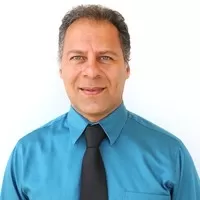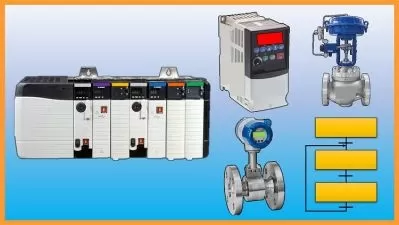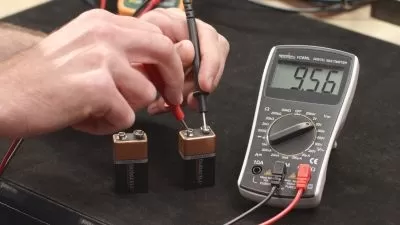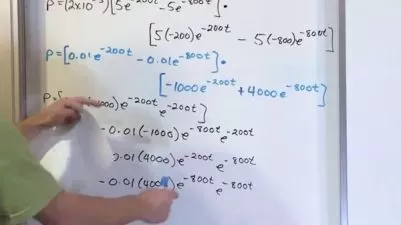Radio-Frequency (RF) Circuits and Systems - Basic Concepts
Payam Heydari
5:41:33
Description
Basic Concepts
What You'll Learn?
- This seven course series, for the first time ever, goes over the radio-frequency circuits and systems. All aspects of the RF design are covered in this course.
- Due to its breath and depth, this course is decomposed into two parts. Part 1 covers basic concepts and system-level architectures. Part 2 covers RF circuits.
- The students will acquire a deep and hands-on knowledge of RF circuits and systems.
- This course delivers essential skillset that is needed for a job in a highly demand Semiconductor industry and especially the field of RFIC.
Who is this for?
More details
DescriptionRadio-frequency (RF) circuits and systems are ubiquitous parts of any electronic gadget and instrument that are widely used by the general public. RF design is often considered to be one of the most challenging areas in electrical engineering. This course series promises to deliver a comprehensive overview of RF circuits and systems. The first course covered in this series is primarily on basic concepts in RF design. Concepts such as linearity and noise will be presented and figure-of-merits to evaluate the linearity and noise performance of the RF systems will be introduced. Specifically, the course first goes over the basics of wireless transmitters and receivers. Next, the fundamental concept of power transfer in RF circuits will be briefly studied. This is followed by the analysis of large-signal behavior and the associated impairments such as gain compression and intermodulation. Next, device noise will be studied and ways of modeling the impact of various sources of noise in electronic circuits will be investigated and the concepts of noise figure and noise temperature will be introduced. Finally, the course will look at important performance parameters such as receiver sensitivity and dynamic range and study these parameters in terms of noise performance and distortion.
Who this course is for:
- This course is intended for electrical engineers, graduate students, senior-level undergraduate students
Radio-frequency (RF) circuits and systems are ubiquitous parts of any electronic gadget and instrument that are widely used by the general public. RF design is often considered to be one of the most challenging areas in electrical engineering. This course series promises to deliver a comprehensive overview of RF circuits and systems. The first course covered in this series is primarily on basic concepts in RF design. Concepts such as linearity and noise will be presented and figure-of-merits to evaluate the linearity and noise performance of the RF systems will be introduced. Specifically, the course first goes over the basics of wireless transmitters and receivers. Next, the fundamental concept of power transfer in RF circuits will be briefly studied. This is followed by the analysis of large-signal behavior and the associated impairments such as gain compression and intermodulation. Next, device noise will be studied and ways of modeling the impact of various sources of noise in electronic circuits will be investigated and the concepts of noise figure and noise temperature will be introduced. Finally, the course will look at important performance parameters such as receiver sensitivity and dynamic range and study these parameters in terms of noise performance and distortion.
Who this course is for:
- This course is intended for electrical engineers, graduate students, senior-level undergraduate students
User Reviews
Rating
Payam Heydari
Instructor's Courses
Udemy
View courses Udemy- language english
- Training sessions 22
- duration 5:41:33
- Release Date 2022/12/24










